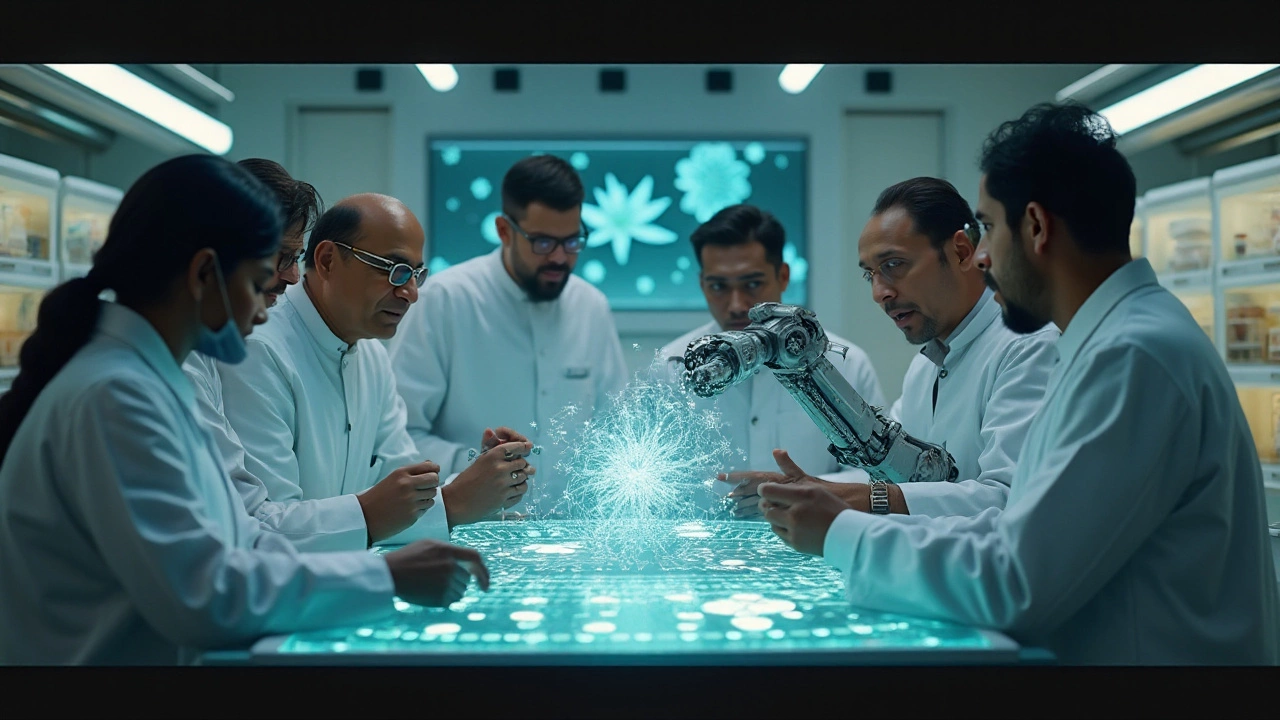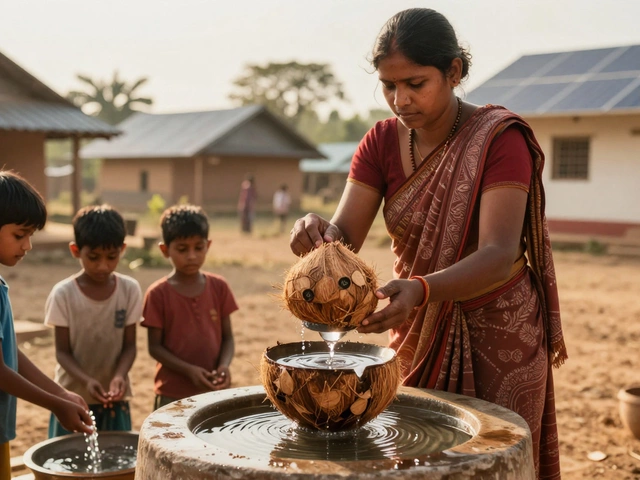Biomedical Innovation in India: Breakthroughs, Challenges, and Real-World Impact
When we talk about biomedical innovation, the process of turning scientific discoveries into real medical solutions that improve health outcomes. Also known as medical technology development, it’s not just about labs and patents—it’s about saving lives in rural clinics, cutting drug costs, and making treatments accessible to millions. In India, this isn’t theoretical. It’s happening in Bangalore labs, Pune startups, and government health programs that deliver CRISPR-based therapies and low-cost diagnostics to villages.
Biotechnology, the use of living systems to develop products for health and industry, is the engine behind most of this progress. From mRNA vaccines designed in Indian labs to AI-powered tools that predict disease outbreaks, biotech is no longer just imported—it’s homegrown. Medical biopharmaceuticals, drugs made from biological sources like cells or proteins, are now a major focus, with companies developing affordable insulin, cancer treatments, and antiviral drugs that compete globally. And at the heart of it all is gene editing, the ability to precisely alter DNA to cure genetic diseases. CRISPR isn’t science fiction here—it’s in clinical trials for sickle cell anemia and thalassemia, conditions that affect millions in India.
But innovation doesn’t happen in a vacuum. It needs funding, policy support, and real-world testing. That’s why public health programs, research grants, and tech transfer agents matter just as much as the science itself. A breakthrough in a lab means nothing if it can’t reach a patient in Bihar or a nurse in Assam. That’s the gap many of these posts explore: how ideas become actions, how salaries and funding structures shape what gets developed, and why collaboration between scientists, doctors, and communities is non-negotiable.
What you’ll find below isn’t a list of hype or press releases. It’s the real stuff—the challenges of moving a discovery from a journal to a pharmacy, how researchers get paid (or don’t), why some public health programs work while others fail, and what’s actually changing in Indian healthcare today. Whether it’s a new gene therapy, a low-cost diagnostic tool, or a policy shift that unlocks funding, these stories show the messy, human, and powerful side of biomedical innovation.





